This week is National Pollinator Week--a week to celebrate these critical critters and do what we can to help them. One great way to help native pollinators in Central Oregon is by adding some native, pollinator-friendly plants to your yard or balcony. Pollinators like butterflies and bees are struggling to survive, and we can all help provide nourishing food to them.
When selecting pollinator-friendly plants at the nursery, be sure to find native blooms that haven’t been treated with neonicitinoids (often found on nursery plants and potentially deadly to pollinators). Another important way you can help pollinators is to have blooms that stretch from early spring through fall. If you have the space for a variety of plants that span the growing season, this is extremely beneficial in providing food to our pollinator friends.
Here are five pollinator-friendly plants to get you started:
Wax currant (Ribes cereum): A spring blooming shrub that grows up to six feet tall, wax currant has white/pale pink flowers that hang in clusters at the tips of branches. It attracts a large number of native bees as well as hummingbirds. Wax currant enjoys full sun in dry to moist well-drained soil and is not tolerant of shade.
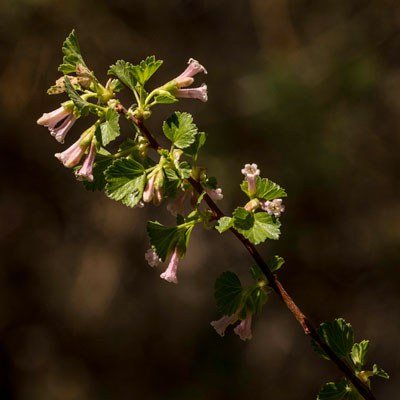
Lewis’ flax (Linum lewisii): This spring blooming blue-purple flower is a showstopper! Flax forms a mound of densely clustered, thin stems that grow 8-24 inches tall. Lewis’ flax prefers sun and moist to dry, sandy or rocky soil. It makes an excellent choice for rocky gardens and containers. They will self-sow once established. Lewis’ flax attracts butterflies and bees.
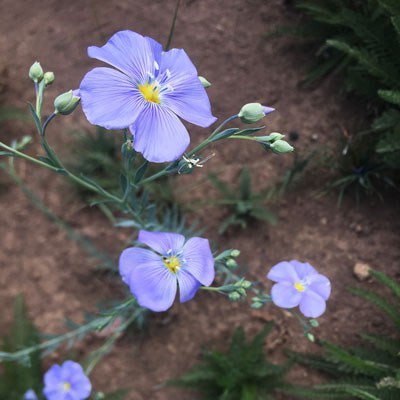
Showy Townsend daisy (Townsendia florifera): Pollinators love the summer blooming showy Townsend daisy! Bees, butterflies, and other insects love this daisy. Plants have 18-30 pink, pale lavender, or white ray flowers. The stems are leafy and grow 2-8 inches. They enjoy full sun and are drought tolerant.
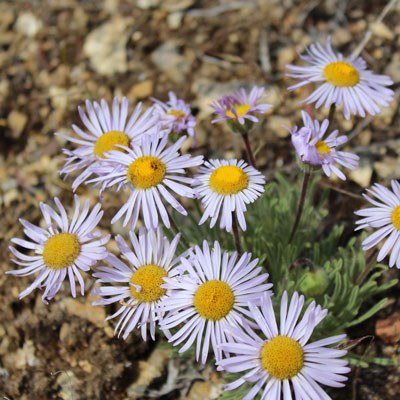
Showy milkweed (Asclepias speciosaia): As its name implies, this native milkweed has showy rose-purple flowers in late summer. Leaves are widely oblong with the plant growing 18-50 inches tall. Milkweed likes sun and can handle less water. It grows via rhizomes, so be careful because it will spread! Milkweed attracts hummingbirds, butterflies (it's a host plant for monarchs!), moths, and native bees, including the western bumble bee (a species of conservation concern in the West).
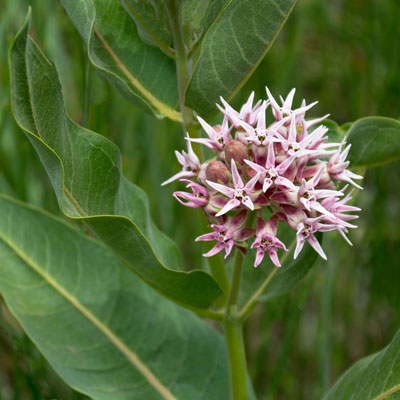
Canada goldenrod (Solidago canadensis): A 2-5 foot tall plant topped with a large club-shaped cluster of yellow flower heads that blooms in early fall. Goldenrod spreads via rhizomes, so plant carefully! It likes full to part shade, medium water, and tolerates a variety of soil types. Goldenrod provides nectar for bees, monarchs, hummingbirds, and other insects.
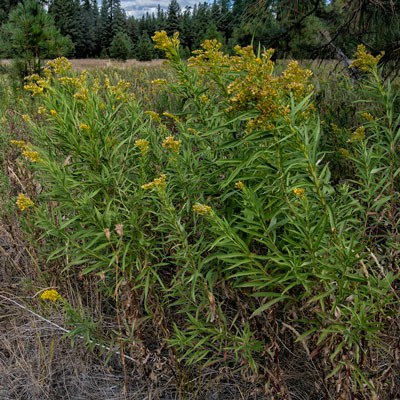
With these suggestions, you can have a beautiful, colorful garden that lasts the entire season and is beneficial to our pollinator friends. Happy gardening!
Learn more:
- See another short list of pollinator plants to grow.
- About Central Oregon native wildflower bloom times.
- Request your free native milkweed seeds!
- About plants, pollinators, and more on our Pollinator Hub!


